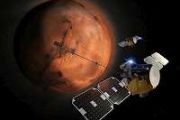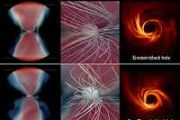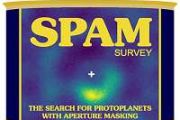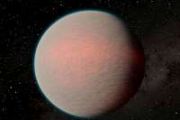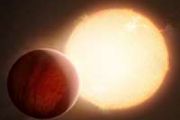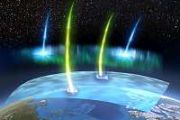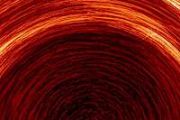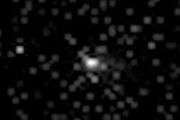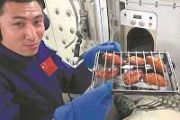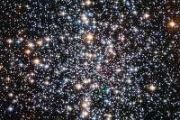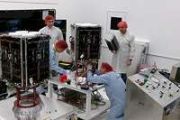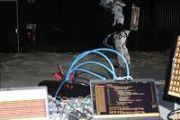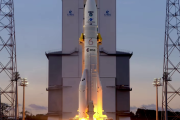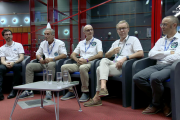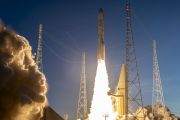
Copernical Team
NASA Invites Media to James Webb Space Telescope Launch
 Members of the media may now register their interest in attending the launch of NASA’s James Webb Space Telescope, the premier space science observatory for the next decade.
Members of the media may now register their interest in attending the launch of NASA’s James Webb Space Telescope, the premier space science observatory for the next decade. Week in images: 4 - 8 October 2021
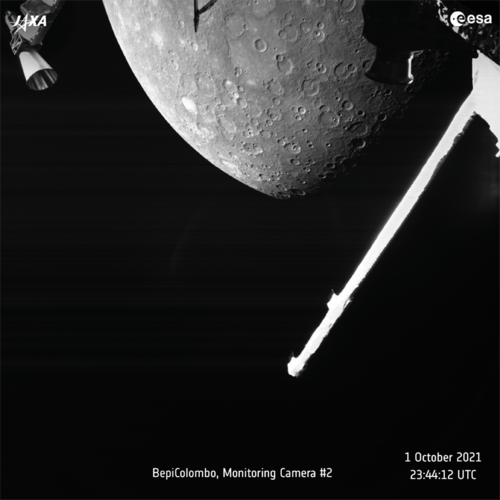
Week in images: 4 - 8 October 2021
Discover our week through the lens
Newly returned moon rock samples chronicle the dying days of lunar volcanism
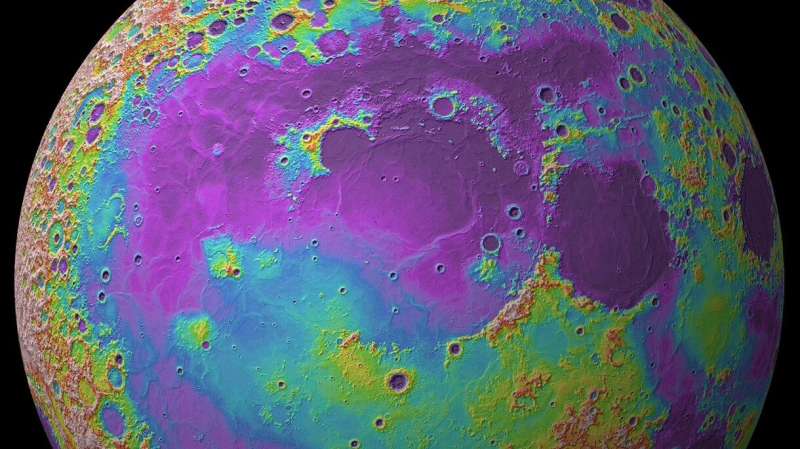
Billions of years ago, lakes of lava on the surface of the moon eventually dried to form the vast dark patches—the lunar maria—visible today on the lunar nearside. Now, thanks to rock samples recently returned to Earth by China's Chang'e 5 mission, scientists have a new estimate for when one of the last of those lava flows ran dry.
Earth from Space: Budapest, Hungary
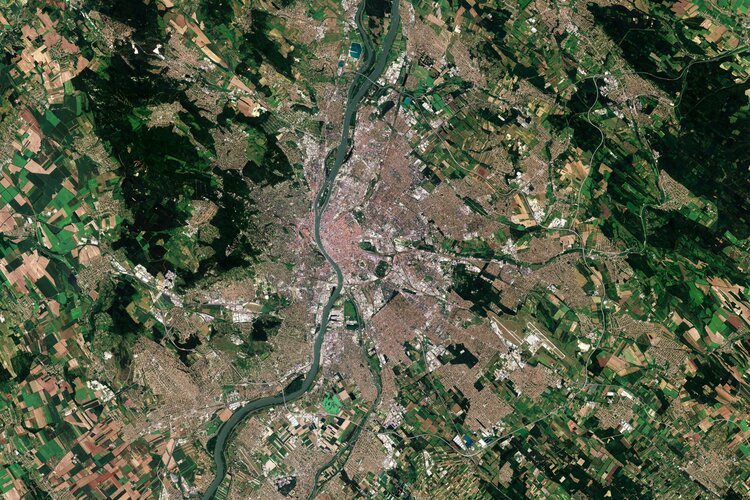
Budapest, the capital and most populous city in Hungary, is visible in this image captured by the Copernicus Sentinel-2 mission.
Galileo satellites arrive at Europe’s Spaceport

The latest pair of Galileo satellites have touched down at Europe’s Spaceport in French Guiana, ahead of their launch together next month.
Samples returned by Chang'e-5 reveal key age of moon rocks
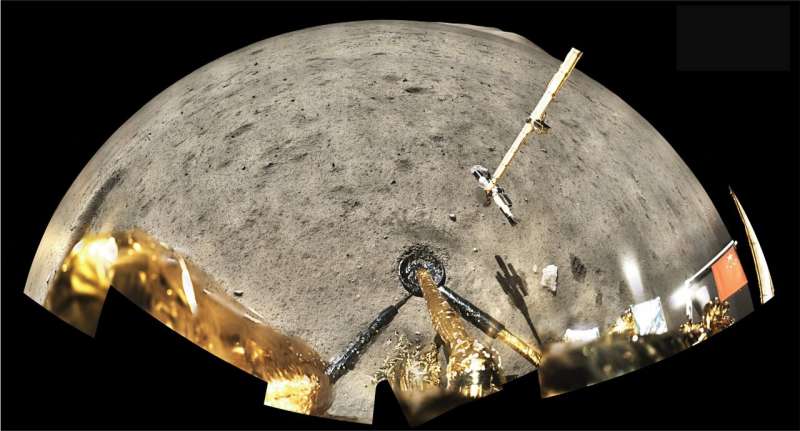
A lunar probe launched by the Chinese space agency recently brought back the first fresh samples of rock and debris from the moon in more than 40 years. Now an international team of scientists—including an expert from Washington University in St. Louis—has determined the age of these moon rocks at close to 1.97 billion years old.
"It is the perfect sample to close a 2-billion-year gap," said Brad Jolliff, the Scott Rudolph Professor of Earth and Planetary Sciences in Arts & Sciences and director of the university's McDonnell Center for the Space Sciences. Jolliff is a U.S.-based co-author of an analysis of the new moon rocks led by the Chinese Academy of Geological Sciences, published Oct. 7 in the journal Science.
The age determination is among the first scientific results reported from the successful Chang'e-5 mission, which was designed to collect and return to Earth rocks from some of the youngest volcanic surfaces on the moon.
Less restrictive 'bioburden' rules would make some Mars missions simpler
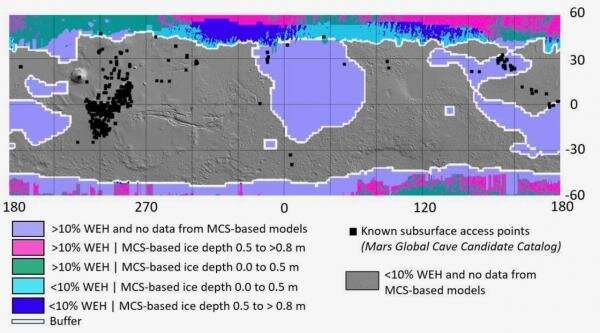
Study demonstrates lunar composition mapping capabilities of spectrograph instrument

Space hunt begins as Western Australia's Binar-1 mission takes next giant leap

Western Australia's homegrown spacecraft, Binar-1, has been shot into the vacuum of space- deployed into Low Earth Orbit from the International Space Station (ISS), five weeks after blasting off from Cape Canaveral in Florida.
Director of Curtin's Space Science and Technology Centre (SSTC), John Curtin Distinguished Professor Phil Bland, joined SSTC staff and students yesterday to watch a live feed as Binar-1 was placed into the tiny airlock of the Japanese Experiment Module Kibo on the ISS and sent into space.
Professor Bland explained WA's first homegrown spacecraft is now on a journey to make first contact before testing critical systems, collecting data and taking photographs from 400 kilometers above Earth.
"The launch of WA's first homegrown spacecraft on the Space-X rocket was exciting, but this moment and the coming few days are the really crucial points for our Binar Space Program and the team of staff and students who designed and built Binar-1 from scratch," Professor Bland said.
"We can't wait to hear Binar-1's 'first words' from space—that will be the time when we will be able to declare the success of our first space-mission and put us firmly on the path to proving that our technology can deliver.
ESA’s programme of Advanced Research in Telecommunications Systems (ARTES) 4.0
 Video:
00:04:01
Video:
00:04:01
Satellite communication underpins everyday life, enabling fundamental improvements not just in communication, but also in transport, healthcare, safety and security, environmental services and many other industries. ESA and its member states invest more than €500 million every year in the telecommunications sector, supporting the introduction of innovative technologies, space-based systems and solutions boosting European competitiveness.



